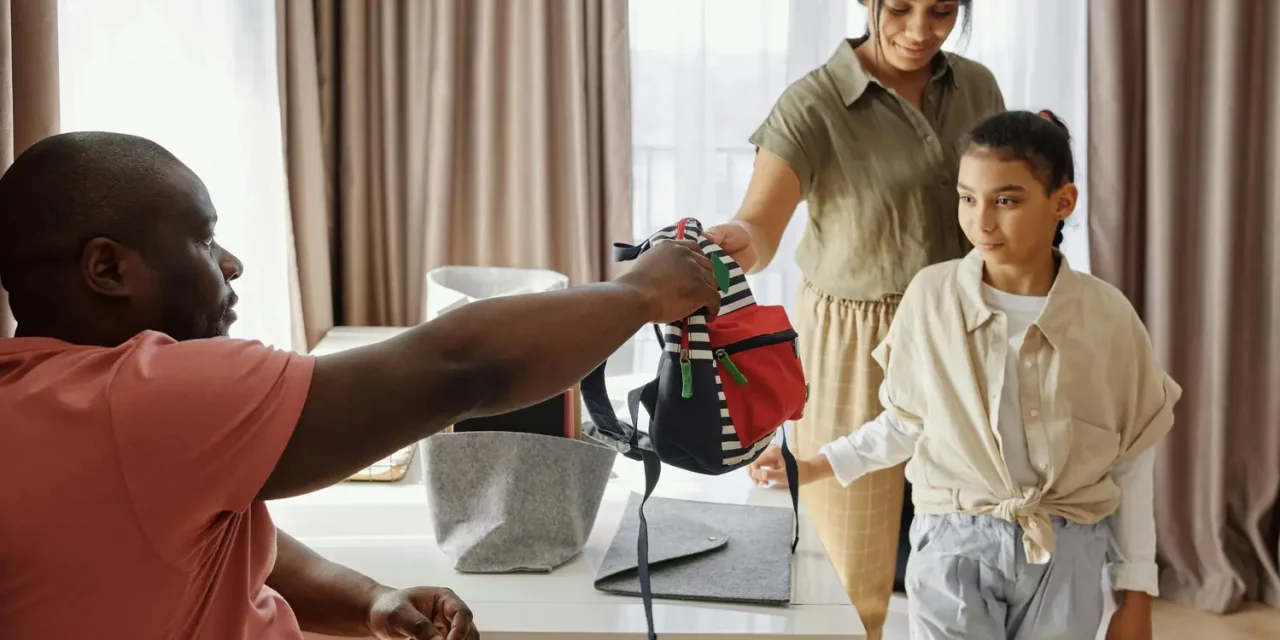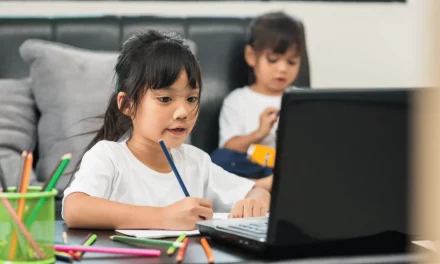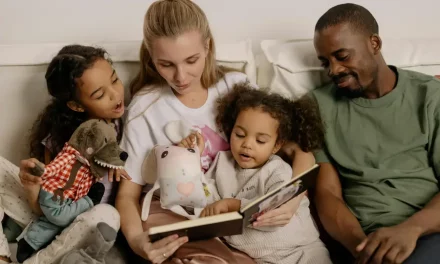Back to school is a time of year that can generate a mix of emotions in both children and adolescents. While some look forward to reuniting with friends and teachers, others may experience anxiety about the challenges the new school year brings, or experiencing the transition from vacation to school.
Dr. Gene Beresin of Harvard Medical School has noted that rates of anxiety and depression in children have risen significantly in recent years, making the back-to-school season one of the most difficult he has seen in his 40 years of practice.
In this context, it is crucial for parents to be attentive to the signs of anxiety in their children and to help them face the return to school in a positive way. Understanding the reasons behind this anxiety and learning how to manage it is key to support them in this transition.
¿Qué encontrarás aquí?
Why does back-to-school anxiety arise?
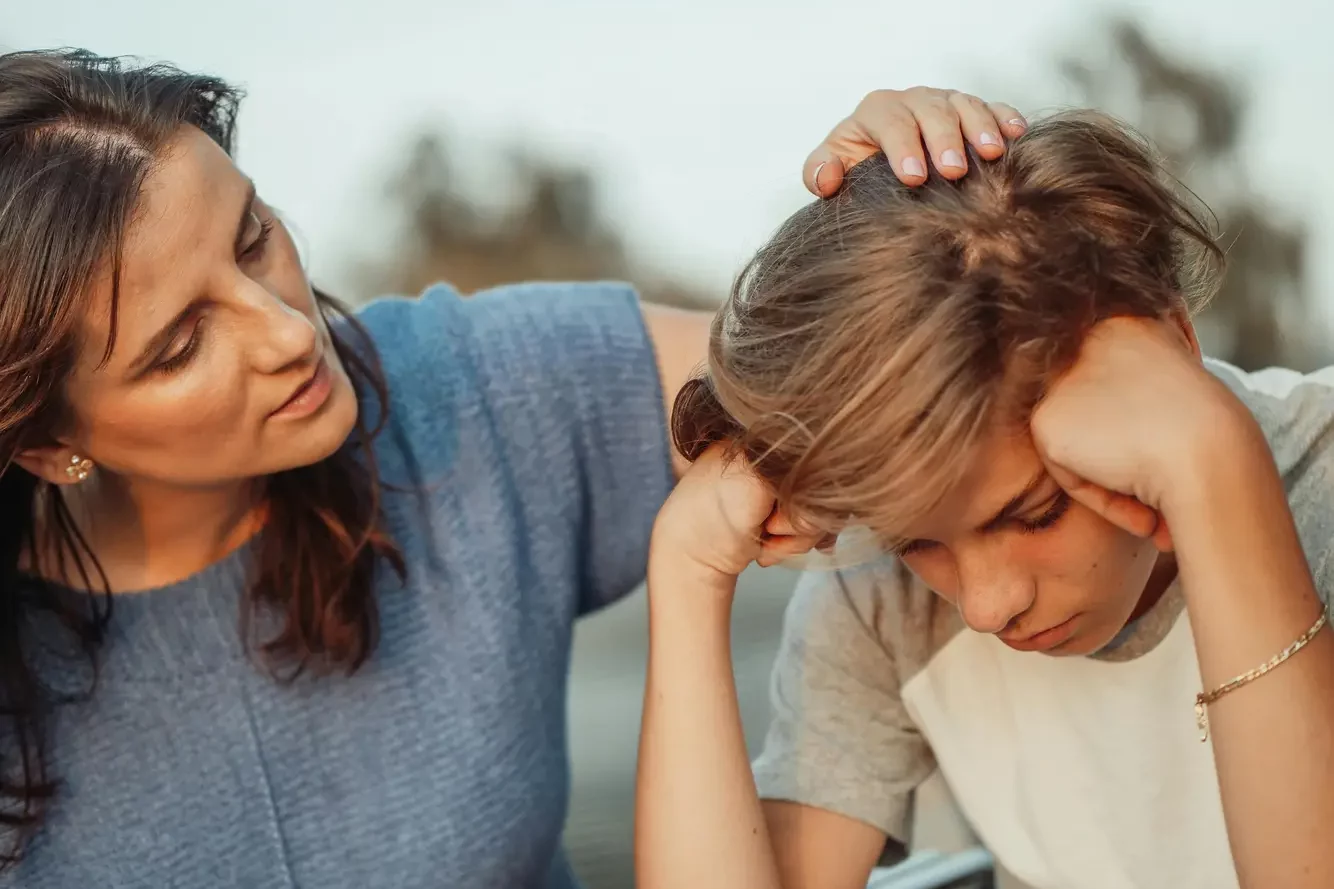
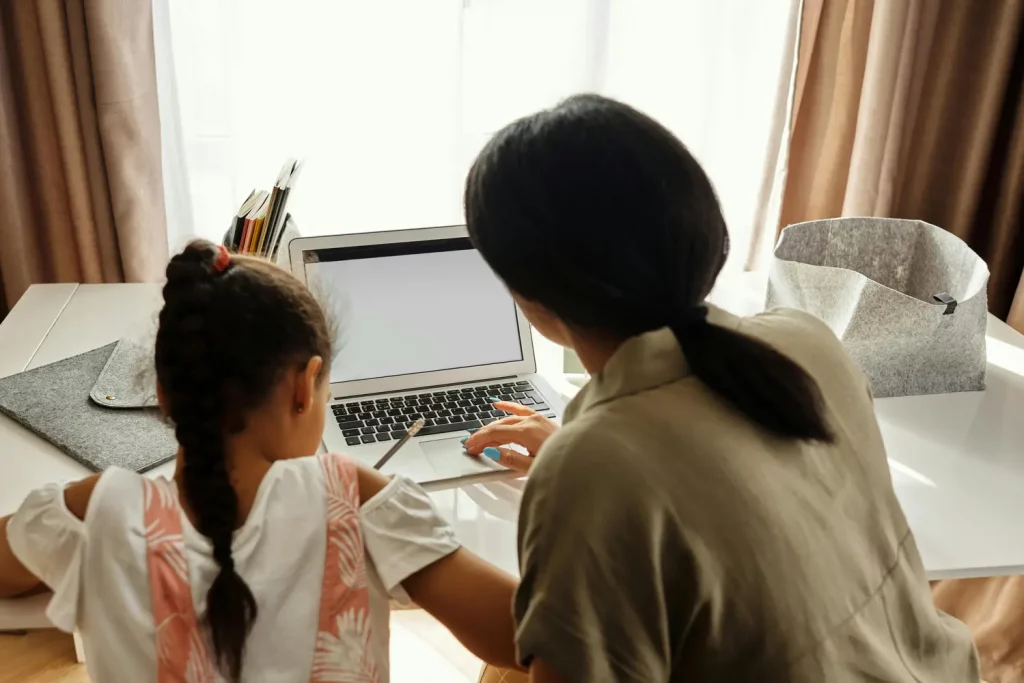
Back-to-school anxiety can be caused by a variety of reasons, and understanding them helps us address them effectively.
Changes in routine
During the vacations, schedules and activities are more flexible, allowing children to enjoy a more relaxed pace. The return to a structured routine, with fixed schedules and responsibilities, can be overwhelming for many.
Fear of the unknown
Uncertainty about new teachers, classmates, subjects or even a new school can create anxiety. Children and adolescents, like adults, may feel insecure about change and what is out of their control.
Academic pressure
The expectation to meet academic demands and perform well can be a source of considerable stress. Beresin noted that it is critical to keep in mind and recognize that a lot is being demanded of children today.
Other causes
Anxiety can also be the result of previous negative experiences at school, such as lack of social adjustment or separation from close friends. These experiences can lead to the return to school being perceived with fear and distress.
Signs of anxiety in children and adolescents
It is essential for adults to be attentive to signs of anxiety in their children, as these can vary according to the age and personality of each individual. Beresin points out that behavioral changes, such as sleep disturbances, mood swings, loss of energy or decreased motivation, are common warning signs. In addition, physical complaints such as headaches and stomach discomfort may also indicate anxiety. We can summarize the most prominent symptoms as follows:
- Physical symptoms: Stomach pain, headaches, sleeping problems, excessive tiredness or changes in appetite.
- Behavioral changes: Irritability, social isolation, frequent crying, rejection attitudes toward school, or a decrease in motivation to do activities they used to enjoy.
- Constant worry: Expressing fear or concern about school, academic performance or relationships with peers and teachers.
Managing back-to-school anxiety
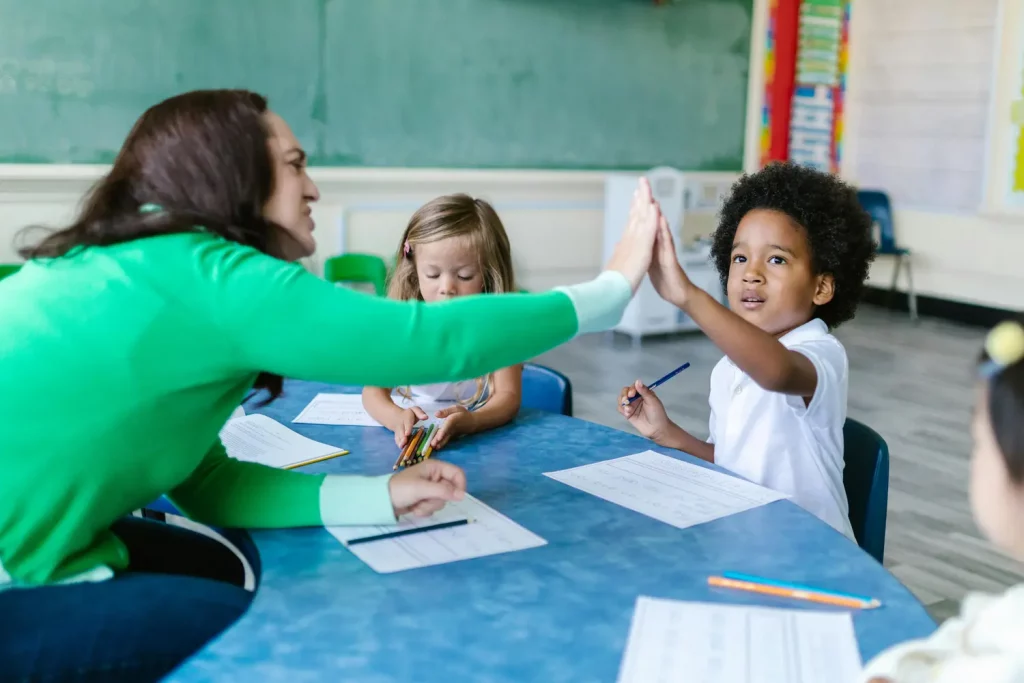

- For young children: Create a supportive environment at home by talking openly about their worries and reassuring them that it is normal to feel nervous. Establishing clear and predictable routines can help them feel more secure.
- For adolescents: It is important to acknowledge and validate their emotions, showing empathy and offering guidance without pressuring. Encouraging them to talk about their concerns and seek solutions together can be helpful. Encouraging participation in extracurricular activities they enjoy can also relieve stress.
Tips for parents to deal with anxiety in children and adolescents
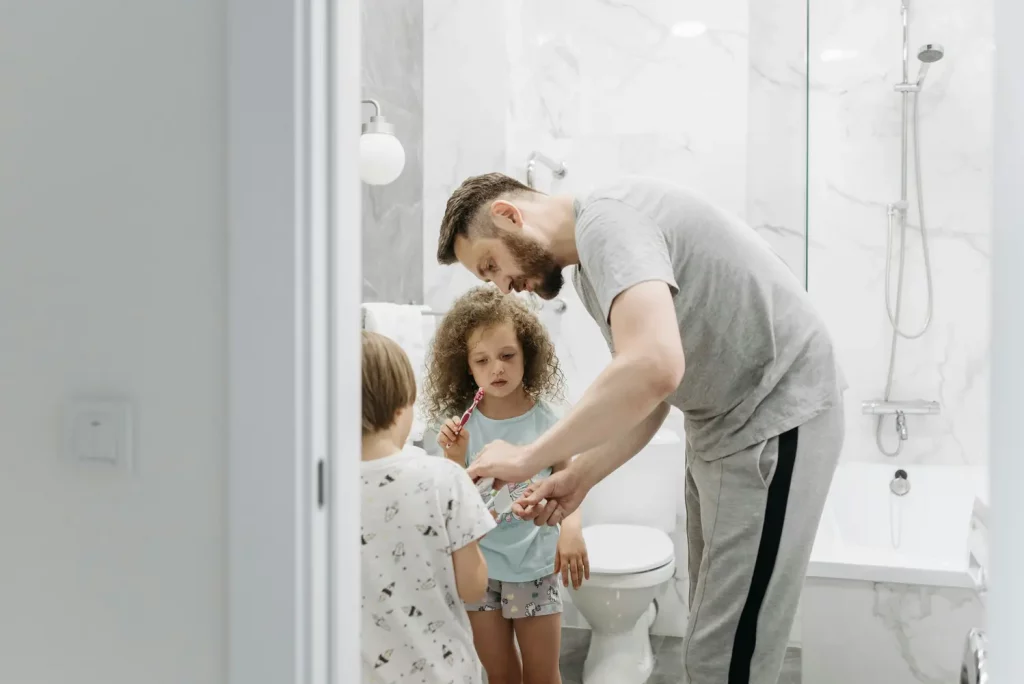
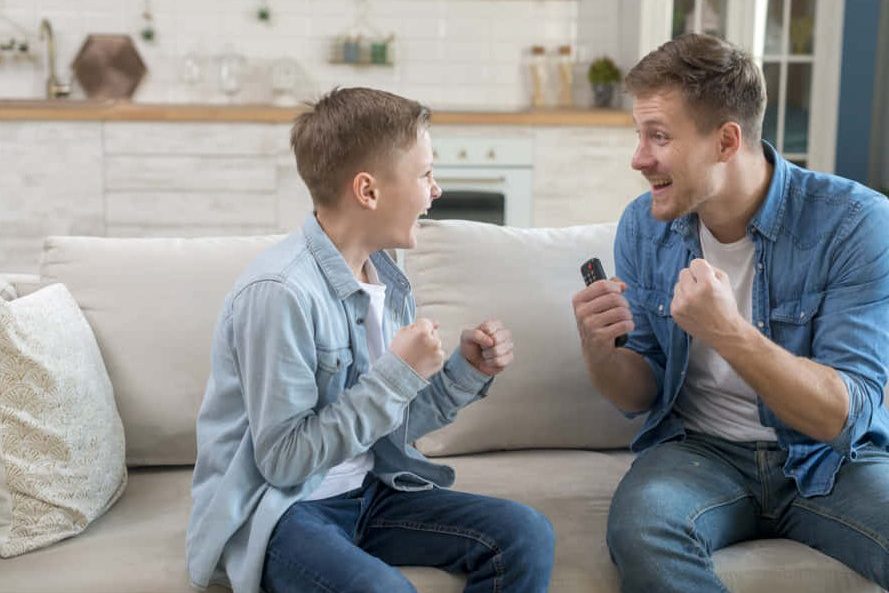
- Active listening: Allow your children to express their feelings without judgment. Make sure they know that their emotions are valid and that you are there to support and help them. Beresin stressed the importance of focusing on spending quality time and having honest conversations with children about their concerns.
- Prepare the ground: Visiting the school before school starts, meeting the teachers or reviewing the school schedule can reduce anxiety by familiarizing the child with what he or she will encounter.
- Establish a relaxing routine: Start school routines a few days before school starts so the transition is smooth. This includes regular sleep schedules and a designated study time.
- Model calm: Children observe and learn from their parents’ reactions. Stay calm and show a positive attitude towards going back to school to convey confidence. Talk about it, answer their questions, tell them what it will be like.
- Encourage healthy habits: Physical exercise, especially from an activity that your child enjoys, will provide a space for disconnection and allow him/her to release endorphins. Similarly, adequate rest is essential to manage anxiety.
When to go to a professional?
If your child’s anxiety persists and significantly affects his or her well-being or school performance, it is advisable to seek professional help. Child psychologists or school counselors can provide effective strategies for managing anxiety and offer the support needed to help your child feel more confident and prepared for a great school year.
Back-to-school anxiety is a common but no less important experience. As parents, our mission is to be attentive, offer support and guide our children in managing their emotions, helping them to face the challenges with confidence and serenity. With understanding and the right tools, we can make this process an opportunity for enjoyment, growth and learning.
Bibliography:
Gene Beresin (2023): Harvard psychiatrist sharing warning signs of anxiety as kids prepare for Back to School.

